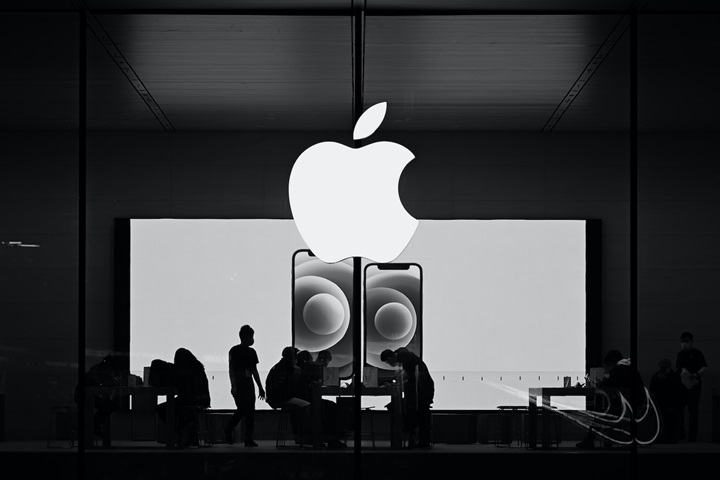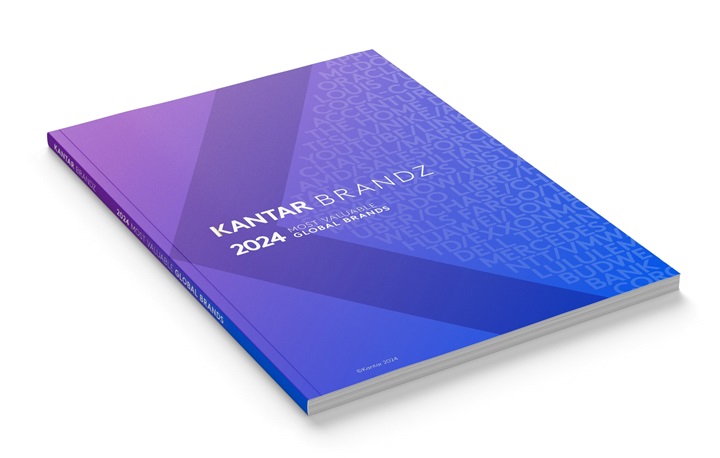In difficult times, the biggest thing brands can do is to find a way to add value to people’s lives – particularly when this involves an innovation. History tells us that in challenging times, those that innovate are more likely to survive and grow. The question is: where should brands focus to innovate, and how should they go about it?
In the food and drink category, businesses are heavily focussed on inflation, the cost-of-living crisis, health, and sustainability as ways to add value to people’s lives. And yet, for consumers, fulfilling emotional needs is still of high importance in these challenging times.
For example, Kantar’s Worldpanel data reveals that 2022 actually saw a 16% increase in ‘treating’ occasions. Yes, people are behaving more prudently in some respects. However, in this sector, the strongest brands have kept a keen eye on what consumers really want – and are innovating to meet people where they most seek value in all its senses. More often than not, this means innovations that create better, more enjoyable experiences via permissible indulgence.
Take, for example, the Cadbury Caramilk innovation. This new type of ‘golden caramel chocolate’, made from combining new flavours with a 100% sustainably sourced cocoa, took the number two spot in the UK’s Kantar Worldpanel Top 10 NPDs (New Product Developments) year based on sales and incrementality (Kantar Worldpanel Top 10 NPDs 2021 Report, published March 2022).
Another famous innovation study is the continued worldwide success of Flamin’ Hot snacks for PepsiCo. Typically, this innovation is understood as the product of cultural insights around spicy foods, PepsiCo’s global Head of Innovation, Koen Burghouts, tells me. He also adds that in fact, the company drew heavily on consumer experience research into evolving home consumption needs to chart Flamin’ Hot’s global expansion, as a rise in consumer snacking meant that home occasions were more open to different experiences and new products. PepsiCo was able to provide a jolt of excitement at just the right time and place.
If brands aren’t convinced of the power innovation can have on a brand’s success, consider the proliferation of the dairy alternative category and the huge success of plant-based innovations such as Sweden’s Oatly. Consumers perceive many dairy alternatives as healthier and more sustainable – but then, too, there is Oatly’s uniquely indulgent mouthfeel, which also matters in their decisionmaking. No category is immune to disruption, and brands can either disrupt or be disrupted – those that use innovation to solve tensions consumers have learnt to accept (in the above case, the tension between texture and plant-based) will come out on top.
Driving innovation forward with a clear strategy
None of the above should suggest, however, that food and drink brands should simply start developing more and more innovations. Innovations must be intentionally designed: to drive category growth; to command shelf space; and to enable incremental penetration and growth. Innovations must be meaningful and different to add value to consumers lives in a positive way.
This is a tall, but not impossible, ask. It will require brands to do things differently when it comes to innovation, as outlined in our thought piece Dare to be Different. There, we discussed how food and drink brands succeeded when their innovations were more meaningful and different. Success, ultimately, comes from:
• Starting with deep human understanding the changing nature of value. Without this piece, one will miss the meaningful signals we identified above around treating, indulgence, and experiences.
• Think beyond the obvious by broadening your view of the problem. For example, think more about new experiences in new occasions that will lead to more incremental outcomes, as Cadbury’s did.
• Designing innovations in a way that will deliver a better, more sustainable experience while avoiding compromises and tradeoffs. The goal is to make it easy, meaningful, and rewarding for consumers to indulge in a more sustainable way: to make indulgence more permissible, and sustainability more enjoyable. (For example, consider how successful plant-based brands like This! have unlocked the meat free category by delivering superior meat taste.)
Trying different things when you are a large brand can be met with challenges. Innovators within large brands will need to take a different, more learning-focussed journey toward breakthrough products. This journey is all about building confidence and momentum: that’s the way to ensure that innovations to succeed against the natural ‘status quo’ antibodies of the large business. It’s a process that starts with testing hypotheses, iterating, prototyping, and running little experiments, until you’re able to get maximum investment and drive success. This process is not the same as throwing lots of ideas at the wall to see what sticks.
PepsiCo’s continued success is certainly down to the decision to take a different journey, Koen says, taking a broader definition of the category so they can look at the problem differently. He says they have invested in changing the way they innovate, getting closer to the consumer through testing and mocking up solutions to get them into consumer hands. The reason for PepsiCo’s ongoing success is certainly due to them daring to be different, building the confidence to get the business to invest in Meaningfully Different innovation for maximum success.
Kickstart innovation with the following three questions
1) What are you in the business of? Can you expand that definition?
2) How will you overcome barriers to adoption of your innovation?
3) How will your innovation deliver something new and different?
Read more about the success of the world’s leading food and drinks brands in the Kantar BrandZ Most Valuable Global Brands 2023 report.
For an overarching view of a brand’s performance, Kantar has launched a new, free interactive tool using BrandZ’s wealth of data. BrandSnapshot powered by BrandZ delivers intelligence on 10,000 brands in more than 40 markets, offering a quick read on a brand’s performance in a category.






